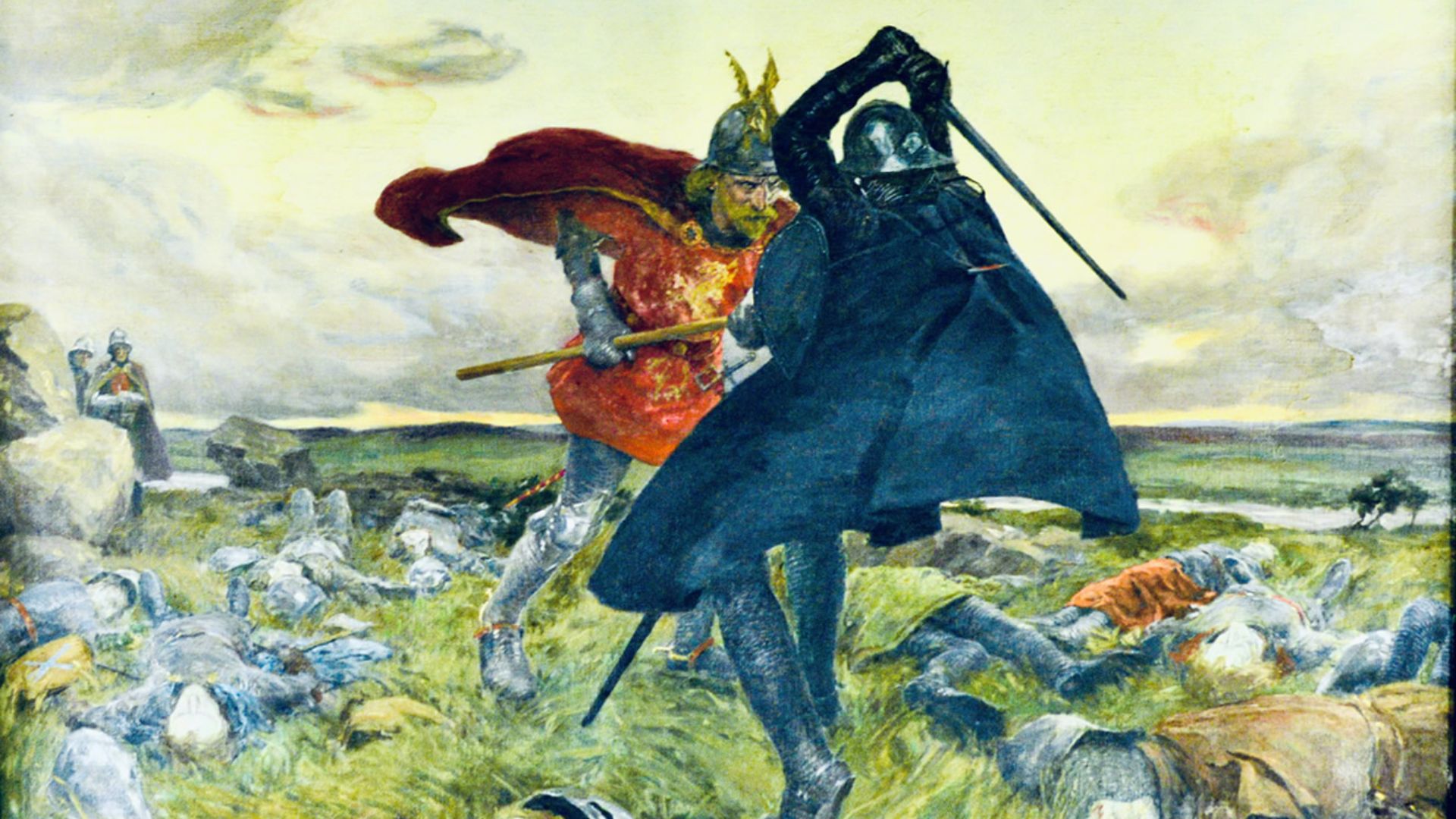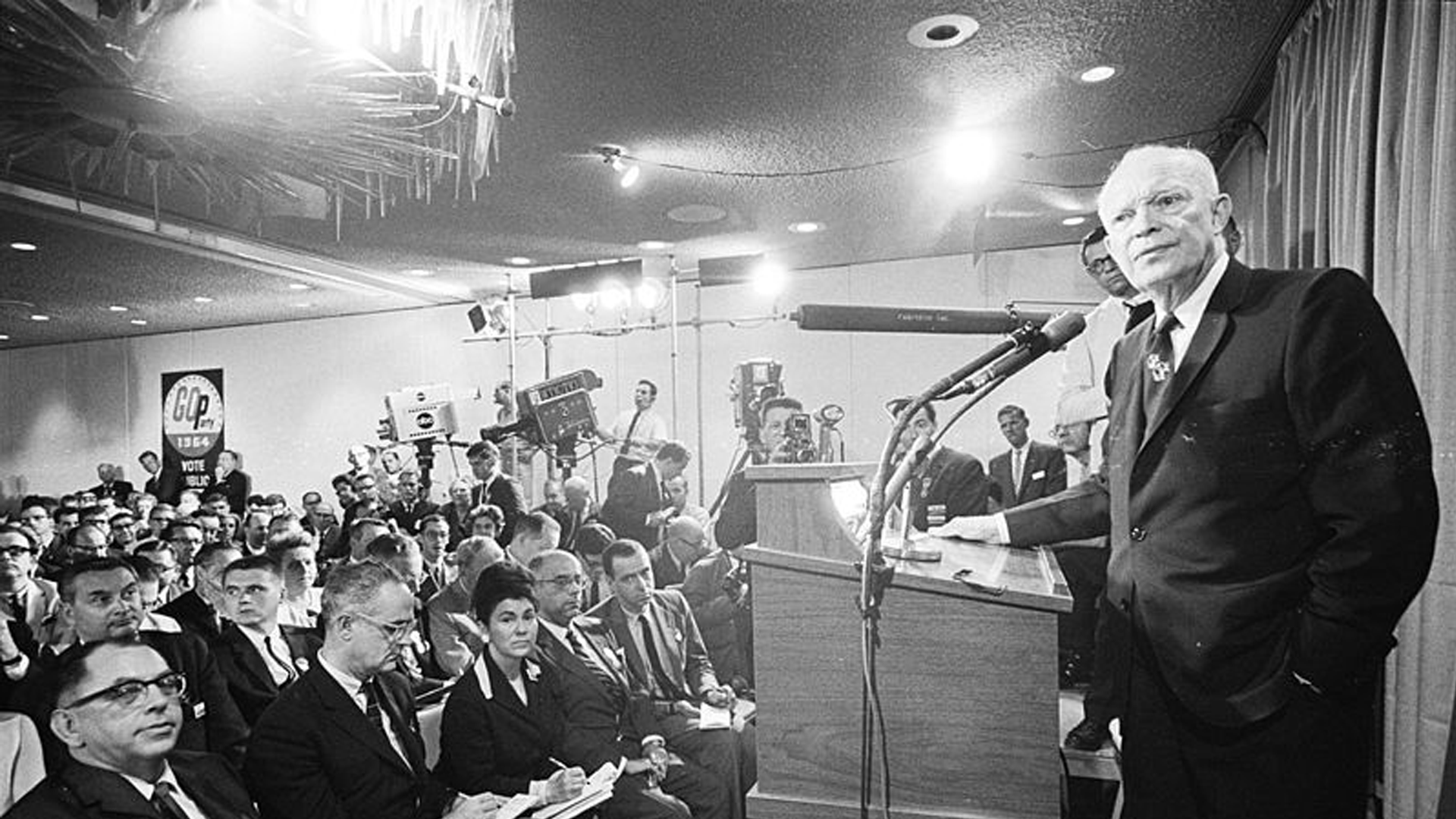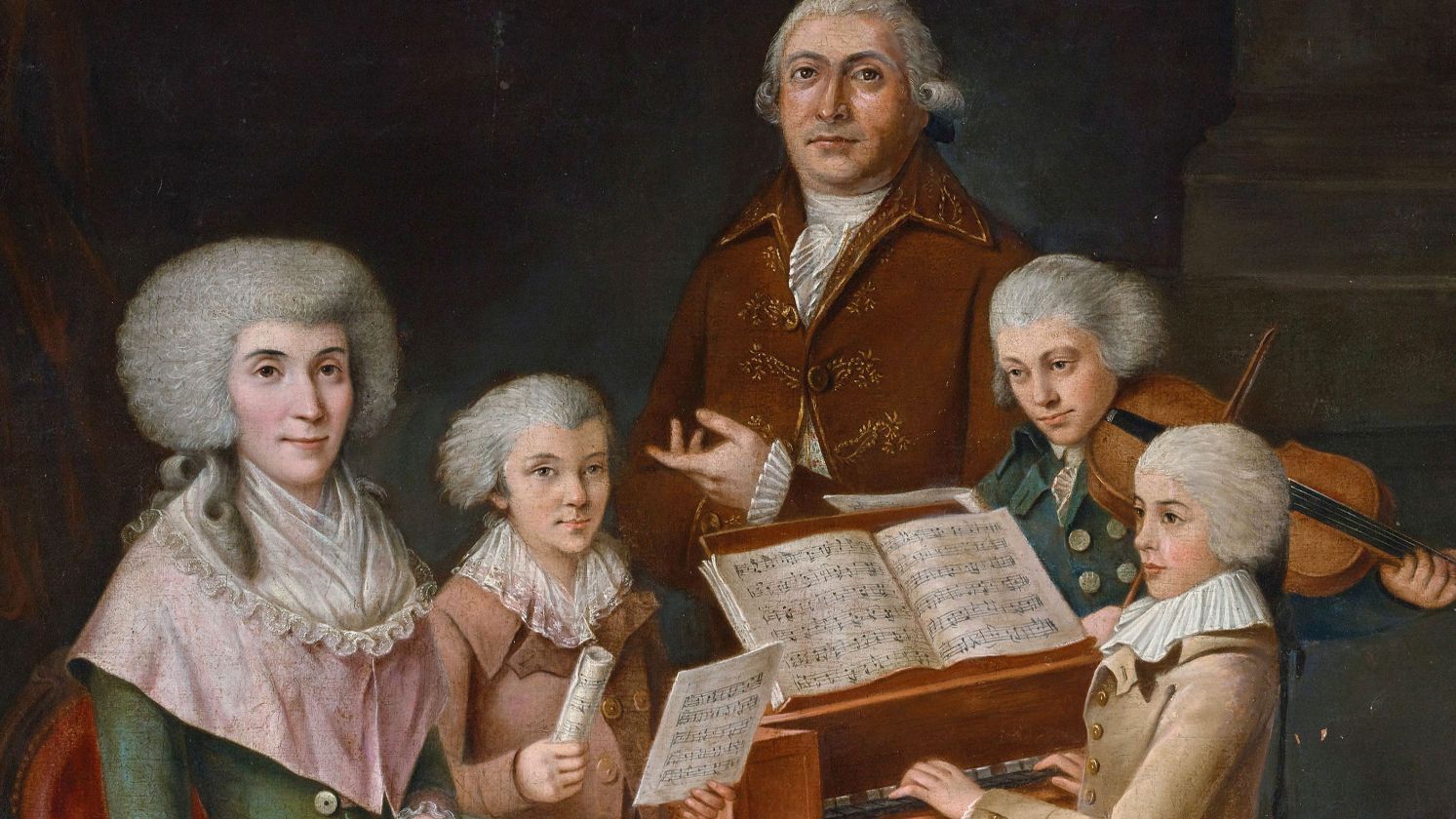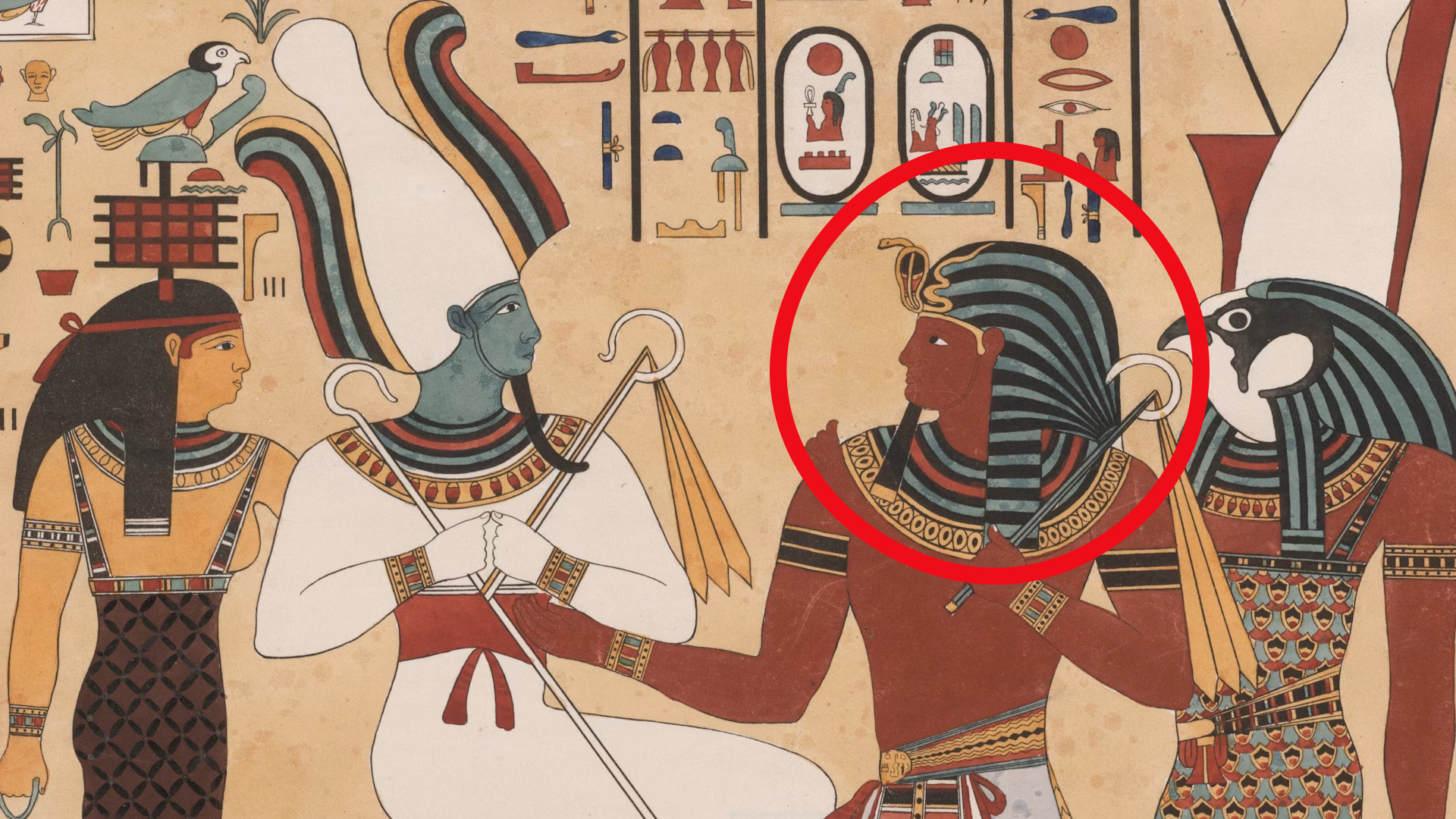Chivalry, Loyalty, And A Magic Sword
The legendary king of Camelot is an age-old tale that has been repurposed into numerous modern films, books, and other media. While widely accepted as a folk hero, the story of King Arthur’s chivalry, justice, loyalty, and the triumph of good over evil is still poignant today.
1. Back To Basics
As the story goes, Arthur Pendragon became the rightful ruler of Camelot after pulling a sword from the stone. After becoming King, Arthur married Guenivere and implemented a Round Table of only the most valiant knights. After facing a betrayal from Guinevere and Lancelot, one of his knights, he was mortally wounded and taken to the Isle of Avalon. Got all that? Good.
 William Hatherell on Wikimedia
William Hatherell on Wikimedia
2. He Was A Warrior First
The very first writings of King Arthur actually stem from a 9th-century Welsh monk named Nennius. In his writings, Arthur is described as a 5th-century warrior who leads the Britons in a battle against the Anglo-Saxons. Of course, these writings are dated to 300 years after Arthur supposedly lived.
3. Becoming Famous
King Arthur gained fame through Geoffrey of Monmouth’s 12th-century Historia Regum Britanniae, in which he depicted Arthur as a historical figure. This history is also where we first see Guinevere, Excalibur, Merlin, and Avalon.
4. Furthering The Legend
After Geoffrey’s tale, the 12th-century French writer Chrétien de Troyes added Lancelot and the Holy Grail to King Arthur’s story, beginning the genre of medieval literature known as Arthurian romance.
5. Where Was Camelot?
Camelot is widely considered to be based on several places in the United Kingdom. Most prominently, Caerleon in Wales, Cadbury Castle in Somerset, or Winchester, England. Of course, there’s no direct evidence to confirm any of these sites.
6. The Round Table
It’s said that King Arthur used a round table as a symbol of equality and unity among his knights. As there could be no head of the table, the idea was to bind his members through honor, valor, and loyalty, instead of them focusing on a hierarchy, rank, or standing.
7. The Isle Of Apples
The Isle of Avalon contained many magical properties, but its name actually comes from the Welsh word for apples. Alongside an abundance of red fruit purportedly on this island, Avalon is also said to be home to Morgan le Fay and the birthplace of Excalibur.
8. What About The Wizard?
Merlin, stemming from the Welsh name of a legendary bard called Myrddin, was a magician, sage, and puppetmaster of King Arthur’s ascendance. In some of the original texts, he’s made out to be a madman, born of a mortal woman and an incubus. Through his powers of prophecy and shapeshifting, Merlin engineers the birth of Arthur and acts as an advisor and mentor to the king before disappearing from the story.
9. Between A Rock And An Anvil
In later medieval tellings of this legend, Arthur actually pulls a sword from an anvil that was resting on the stone. This was likely due to a translation error, which confused the words “Saxon” and “anvil,” so the anvil was dropped after a time.
10. Excalibur
No, Arthur doesn’t pull the magical sword from the stone in the early tellings. In fact, the sword in the stone was originally unnamed, although later stories call it “Caliburn.” Caliburn breaks during a battle, which is when the Lady of the Lake gives Excalibur to Arthur.
11. Speaking Of The Lady
The Lady of the Lake, also known as Nimue, Viviane, or Vivien, is an enchantress who also plays a vital role in some retellings of the story. Like Merlin, she’s also said to have the gift of foresight and is deeply connected to the Isle of Avalon. In certain stories, she is Lancelot’s guardian after his parents pass, as well as Merlin’s lover and/or captor.
12. Queen Guinevere
Depending on who you ask, Guinevere is either a villainous traitor or a virtuous leader. As the story commonly goes, Guinevere falls in love with Lancelot, which indirectly leads to Arthur’s death. However, past tellings of Guinevere mention her being seduced by Mordred or being replaced by an evil twin.
 Emil Teschendorff (1833-1894) on Wikimedia
Emil Teschendorff (1833-1894) on Wikimedia
13. Mordred
Mordred is considered the main antagonist of the Arthurian legend, dating back to the original tellings. While he’s originally considered to be Arthur’s son, he’s also depicted as the king’s traitorous nephew, and his birth results in the fated Battle of Camlann.
14. Morgan le Fay
A third magician has entered the villa! Morgan le Fay is a powerful enchantress who skews morally good or bad, depending on the story. She’s generally considered to be Arthur’s savior and protector, but later tellings make her out to be quite the villain. Regardless, Morgan is usually the character who takes Arthur to Avalon.
15. Arthur’s Death
Distracted and pained by the betrayal of Guinevere and Lancelot, Arthur flees Britain to confront his friend. During his absence, Mordred usurps the throne and declares himself king. Upon Arthur’s return, the Battle of Camlann takes place, in which Arthur defeats Mordred, but is mortally wounded. He is then taken to Avalon to heal, while Excalibur is returned to The Lady of the Lake.
 Henry Justice Ford (1860–1941) on Wikimedia
Henry Justice Ford (1860–1941) on Wikimedia
16. Treated As Fact
There are many claims that King Arthur was indeed a real person, dating back to his 9th-century origins. While the Historia Regum Britanniae is widely considered fictional, theories have also been shared that Arthur is a composite character, made up of various historical figures like Arturi mac Áedán, Ambrosius Aurelianus, Lucius Artorius Castus, and Riothamus.
 Unknown authorUnknown author on Wikimedia
Unknown authorUnknown author on Wikimedia
17. The Tudors
Arthurian legends were used to secure real kingships, most notably, Henry VII. Henry VII traced the Tudor family tree back to Arthur himself, even naming his first child Arthur. Henry VIII was so fascinated by the legend that he even got himself his own round table.
18. Securing The Presidency
In a moment of excellent propaganda, Jackie Kennedy referenced the musical Camelot a week after the president’s assassination. Quoting from the musical, “Don’t let it be forgotten, that once there was a spot, for one brief moment that was known as Camelot,” Jackie cemented the idea that the Kennedy presidency was a time of peace and prosperity in the United States.
19. Popular Media
If you had an hour to read this article, we’d be happy to share the long list of media that references the Arthurian Legend. But we know you’re busy, so we’ll keep it short and sweet. Some of the most popular retellings of King Arthur include: Camelot, The Mists of Avalon, The Once and Future King, Monty Python and the Holy Grail, and Merlin, just to name a few.
20. So…Was He Real?
The votes are in, and we’re sad to report that the story of King Arthur is definitely not real. As we previously mentioned, certain texts have made him out to be a real man, but all in all, the rightful ruler of Britain is considered to be a mythological and folkloric figure.
KEEP ON READING

20 Important Names From World War II You Should Know
Key Players From World War II (For Good or Bad).…
By Cathy Liu Nov 7, 2024
Real Or Fake? 20 Facts About The Legend of King…
Chivalry, Loyalty, And A Magic Sword. The legendary king of…
By Breanna Schnurr Oct 6, 2025
The Musical Prodigy: 10 Fascinating Facts About Mozart & 10…
Secrets Behind the Symphony. Wolfgang Amadeus Mozart remains one of…
By Chase Wexler May 5, 2025
The Mysterious "Sea People" Who Collapsed Civilization
3,200 years ago, Bronze Age civilization in the Mediterranean suddenly…
By Robbie Woods Mar 18, 2025
20 Inventors Who Despised Their Creations
Made It… Then Hated It. Inventors often dream big, but…
By Chase Wexler Aug 8, 2025
20 Incredible Items In The British Museum People Say Were…
Mystery In History. The mighty halls of the British Museum…
By Chase Wexler Sep 8, 2025

















